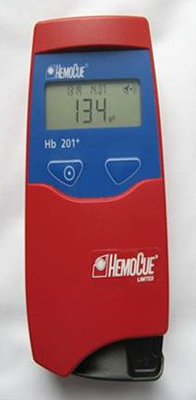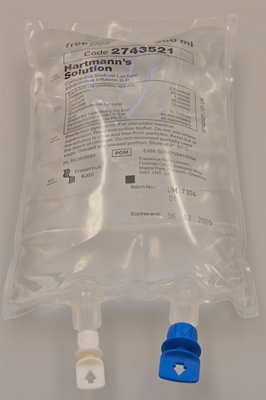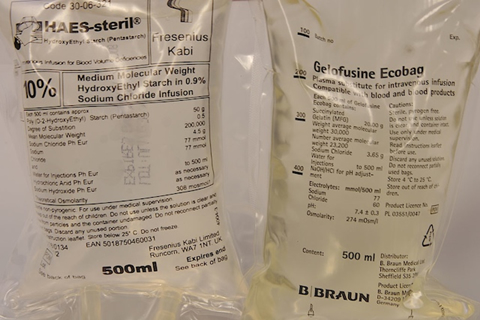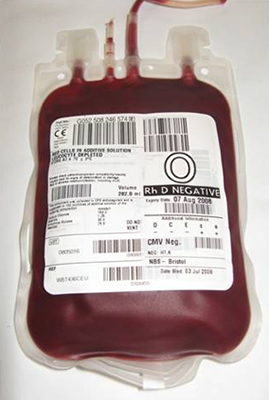Which fluid?
The three main types of fluid that can be used for hypovolaemia are:
For Massive haemorrhage and transfusion, what other factors need to be considered and corrected?

Which fluid?
The three main types of fluid that can be used for hypovolaemia are:
Crystalloid
These are the most commonly used solutions for correcting hypovolaemia initially.
Crystalloid solutions can move freely in and out of the circulation. To ensure that the fluid given remains in the extracellular space, it must contain an adequate sodium concentration (> 130 mmol/l). The two main crystalloids suitable are Hartmann’s solution and 0.9 % saline.
For treating haemorrhage, the volume of crystalloid given should be approximately 2-3 × the volume of blood lost.
There is no place for fluids containing little or no sodium (e.g. 5 % glucose, 4 % glucose/0.18 % saline) in the management of hypovolaemia.
For Massive haemorrhage and transfusion, what other factors need to be considered and corrected?

Which fluid?
The three main types of fluid that can be used for hypovolaemia are:
Colloid
The artificial colloid solutions in common use are based on gelatin or starch, though still contain a sodium concentration similar to plasma.
Although they produce volume expansion in the circulation for longer than crystalloid, they can produce occasional serious reactions and their role is therefore controversial.
They should not be used for minor hypovolaemia and their use in more major degrees of hypovolaemia should be based on a balance of risk and benefit.
For Massive haemorrhage and transfusion, what other factors need to be considered and corrected?

Which fluid?
The three main types of fluid that can be used for hypovolaemia are:
Blood
Autologous blood transfusion carries several risks (including infection and immune reaction), but is the only fluid that increases oxygen-carrying capacity. In major ongoing haemorrhage it is the replacement fluid of choice.
Restoring the Hb to normal levels is not necessary, and a value of 8 g/dl is generally regarded as sufficient. In a fit patient with no further blood loss anticipated a value of 7 g/dl or even lower may be considered acceptable.
There is reasonable evidence that anaemia is less well tolerated in the elderly and an earlier transfusion trigger should be used.
For Massive haemorrhage and transfusion, what other factors need to be considered and corrected?

Which fluid?
The three main types of fluid that can be used for hypovolaemia are:
For Massive haemorrhage and transfusion, what other factors need to be considered and corrected?
The major factor that needs to be corrected in massive haemorrhage and transfusion is dilutional coagulopathy. Coagulation status should be monitored, and the most likely measures need with increasing transfusion volume are Fresh Frozen Plasma and Platelet Concentrate.
Other problems associated with massive transfusion are hypothermia, hyperkalaemia, acidosis and hypocalcaemia.
